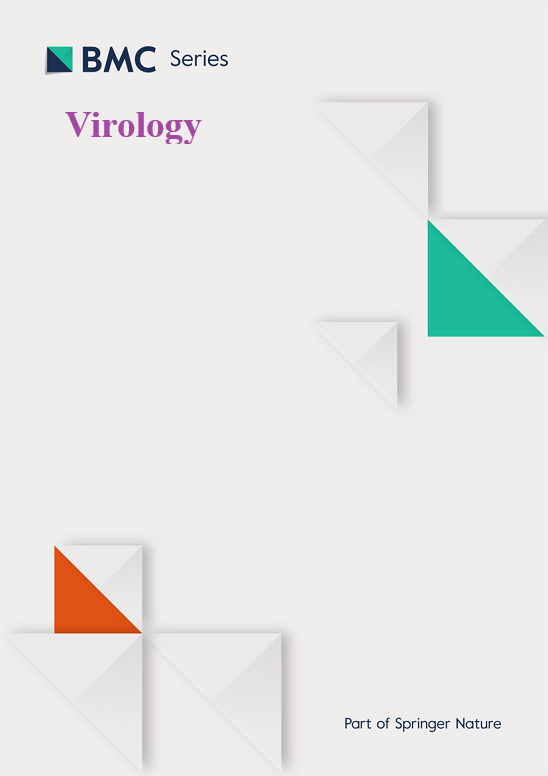蛋白质组学作为一种补充方法来测量诺如病毒感染的临床样本
IF 2.8
3区 医学
Q3 VIROLOGY
引用次数: 0
摘要
诺如病毒(NoV)是全球急性肠胃炎的主要病因,尤其是在幼儿中,目前还没有获得许可的疫苗。流行病学研究表明,无症状病例很常见,感染患者的检测结果可能长期呈阳性;然而,这些现象对传播和公共卫生措施的影响仍不清楚。一个主要的限制因素是我们测量感染的能力,这种能力受限于实时反转录聚合酶链反应或基于抗体的检测方法,而这两种方法都容易因 NoV 的快速进化而失去检测能力。本综述强调了蛋白质组学在克服现有技术限制、推动基础科学发现和临床研究方面的潜力。重要的是,基于蛋白质组学的蛋白质检测可跨越 NoV、宿主和微生物组蛋白质,有助于确定与疾病结果相关的宿主或微生物组因素。进一步开发蛋白质组学工具以补充现有诊断技术,将提高我们评估 NoV 发病机制和传播以及疗效的能力。本文章由计算机程序翻译,如有差异,请以英文原文为准。
Proteomics as a complementary approach to measure norovirus infection in clinical samples
Norovirus (NoV) is a leading cause of global acute gastroenteritis, particularly in young children, with no current licensed vaccine. Epidemiological studies have shown that asymptomatic cases are common, and infected patients may test positive for prolonged periods; however, the impact of these phenomena on transmission and public health measures remains unclear. A major limiting factor is our ability to measure infection, which is constrained to real-time reverse transcription polymerase chain reaction or antibody-based assays, both of which are susceptible to loss of detection by rapid NoV evolution. This review highlights the potential for proteomics to overcome current technical limitations and advance basic science discovery and clinical research. Importantly, proteomics-based protein detection can span NoV, host, and microbiome proteins and could help identify host or microbiome factors that correlate with disease outcome. Further developing proteomics tools to complement existing diagnostic technologies will improve our ability to assess NoV pathogenesis and transmission, as well as therapeutic efficacy.
求助全文
通过发布文献求助,成功后即可免费获取论文全文。
去求助
来源期刊

Virology
医学-病毒学
CiteScore
6.00
自引率
0.00%
发文量
157
审稿时长
50 days
期刊介绍:
Launched in 1955, Virology is a broad and inclusive journal that welcomes submissions on all aspects of virology including plant, animal, microbial and human viruses. The journal publishes basic research as well as pre-clinical and clinical studies of vaccines, anti-viral drugs and their development, anti-viral therapies, and computational studies of virus infections. Any submission that is of broad interest to the community of virologists/vaccinologists and reporting scientifically accurate and valuable research will be considered for publication, including negative findings and multidisciplinary work.Virology is open to reviews, research manuscripts, short communication, registered reports as well as follow-up manuscripts.
 求助内容:
求助内容: 应助结果提醒方式:
应助结果提醒方式:


